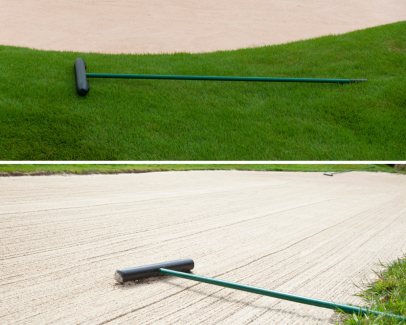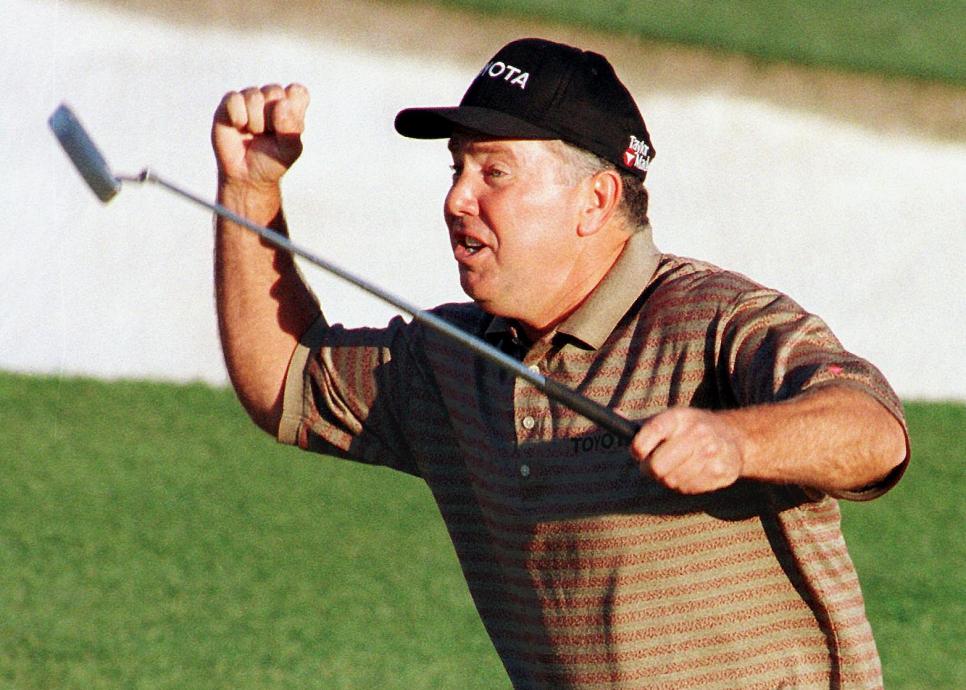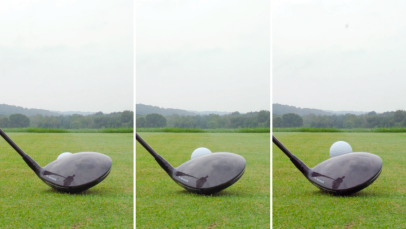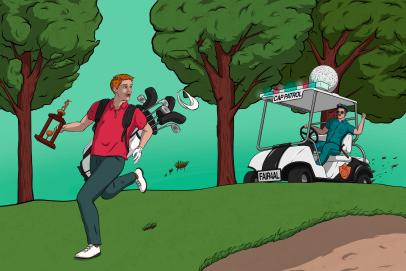‘It should be better’: Architect delivers sharp take on state of course design – Australian Golf Digest

- by Admin
- September 14, 2024

Oklahoma-based architect Tripp Davis, whose background competing at the highest levels of amateur golf has influenced his outlook on constructing courses, tackles a question about the impact of premium conditioning on golf design. His original designs include The Tribute and Old American in Dallas along with prominent renovations of Preston Trail in Dallas, Oak Tree National in Oklahoma and the Riverside Course at Atlanta Athletic Club.
Q: What impact does vastly improved turf conditions have on modern golf design?
Davis: You have to remember it was that long we were playing on one-inch fairways and with balls that would get out of round after being hit a few times. Now even some of your mid- to lower-end golf courses have far better conditions than almost anyone saw 30 or 40 years ago.
Back in the day you had to have more game. You had to learn how to read lies, and good players needed swings that could produce predictable outcomes despite them having to make adjustments for the grass and equipment. Almost everybody prior to maybe the 1980s worked the ball one way or the other. Today, we’re on Trackman dialing in the same swing to make the ball go straight because there aren’t as many variables with the turf or equipment. It was a different skill, less about perfection than learning how to play shots.
On top of that, we’ve expanded our thoughts on what playing surfaces are. We maintain bunkers and rough as playing surfaces today—they’re not regarded as different, as hazards. If a golfer, especially a good player, hits in one of those bunkers and gets a bad lie and can’t play a shot cleanly it’s considered bad luck or bad maintenance. It used to be that the intent was to not give you that clean lie in a bunker. But bunkers and rough aren’t maintained as hazards anymore, not the way they once were.
More from Golf Digest Golf Digest Logo The 15 hottest courses in America, according to our experts
Q: So, as a designer, how do you counteract that turf and equipment variability—and to some degree hazards—have been largely removed for high-end players?
Davis: You can make the argument that the way those of us in the design profession create options and variety and set up angles is not as good as it was 100 years ago. It should be better, given the advantages that players now have. Our designs should be more varied and demand more than hitting to clearly defined targets. That’s not challenging for elite players.
The playing conditions on the fairways and greens are now so good that we can be even more creative than our forefathers. Since players are hitting shots off perfect conditions with clubs that produce extreme consistency, we should be designing holes that are even more interesting and more varied and ask more from really good players, while giving wider margins for error to average players.
We need to get out of the mindset of “defending” par. Robert Trent Jones had a saying, “hard par, easy bogey,” but we’d be better off thinking about defending birdie for the really good player. So you can do that by setting up lines that are really strict, especially with the driver, with small margins for error protected by bunkers that are more unpredictable and grass that has more contour and more irregularity in the rough. You shouldn’t know what you’re going to get if you hit it there. But you can also provide room for misses in certain places, so you have to think through where the safety is. That’s how you can make it thought-provoking.
More from Golf Digest  Course maintenance Ask a super: Should I leave bunker rakes inside or outside the sand?
Course maintenance Ask a super: Should I leave bunker rakes inside or outside the sand?
This article was originally published on golfdigest.com
The Latest News
-
September 20, 2024South African Airways Expands Australian Route: Perth-Johannesburg Flights Now Five Times A Week – Travel And Tour World
-
September 20, 2024A pathway to greatness: Victoria’s last match in Queensland
-
September 20, 2024Horse Racing News: Autumn Glow springs into Princess Series
-
September 20, 2024Former Italian galloper in Caulfield Cup and Melbourne Cup bid
-
September 20, 2024‘Quite confronting’: Cats assistant coach hospitalised after collapsing at training ahead of prelim final





